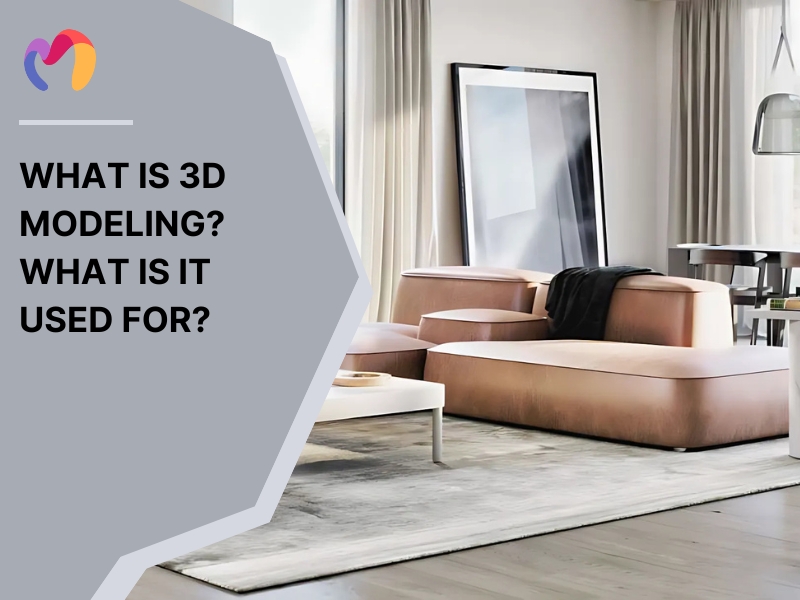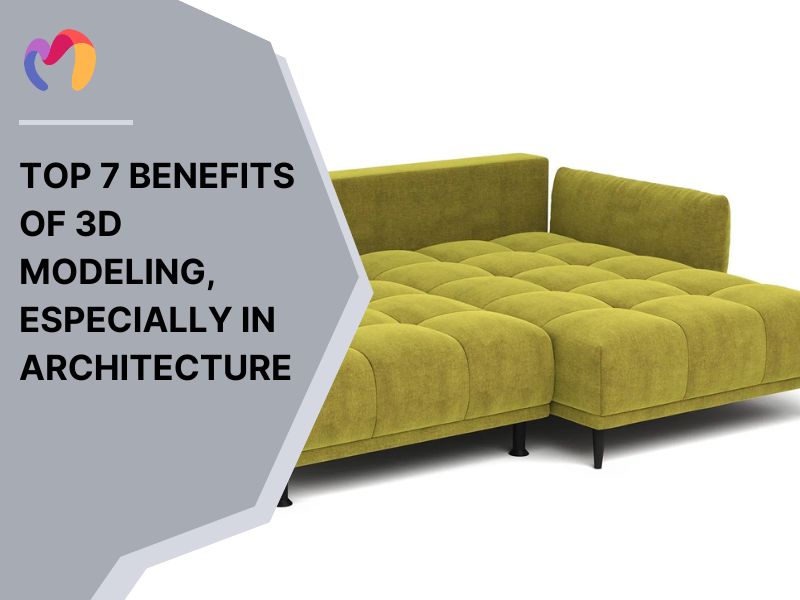Top 11 best 3D rendering software in 2025
3D rendering software creates realistic 3D visuals of architectural spaces, interiors and design objects by simulating materials and lighting accurately. Choosing the best 3d rendering software affects cost, speed and the ability to produce professional-grade images that clearly communicate design ideas to clients and stakeholders. This article reviews eleven leading 3D rendering solutions available in 2025, highlighting technical features, ease of use and practical applications. Interior designers, exterior specialists and architects can compare platforms to match project complexity, skill level and budget while achieving high-quality visual results. Detailed performance insights guide readers in selecting software that enhances their design presentations efficiently.
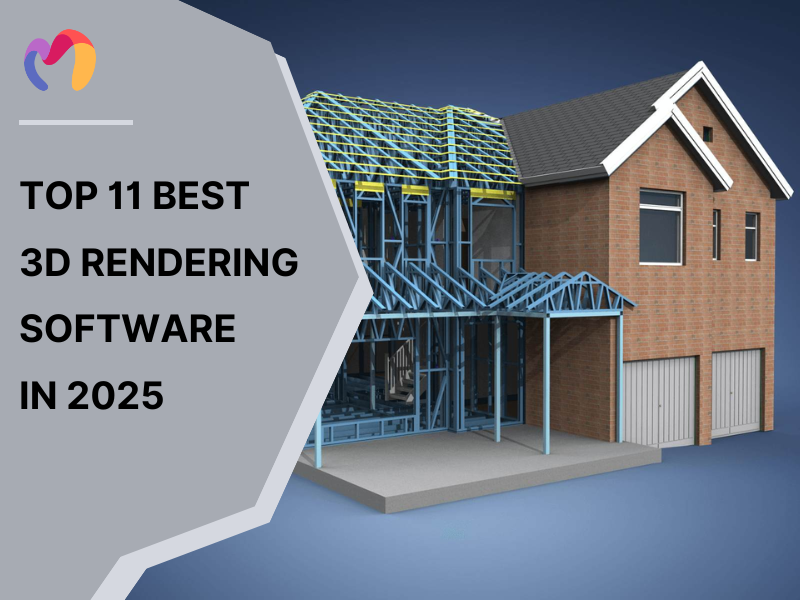
1. V-Ray
-
- Pricing Model: $84.90/month, $514.80/year
- Pricing Model: Subscription
- OS: Windows, Mac
- Key Features: Photorealistic rendering, Hybrid CPU/GPU, Integration with 3D software
V-Ray is a professional 3D rendering software that delivers realistic architectural visualizations, producing lifelike images through advanced, physically based rendering algorithms. Material simulation tools recreate accurate textures and finishes, while lighting engines reproduce true-to-life environmental illumination, allowing designers to present spaces that feel tangible and precise. Integration with major modeling platforms such as 3ds Max, SketchUp and Rhino streamlines workflows and connects design tools seamlessly.
Rendering engines in V-Ray harness both CPU and GPU processing to handle complex scenes efficiently, producing detailed interiors and expansive exterior environments with consistent clarity. Hybrid processing accelerates calculations without compromising visual quality, while the software maintains stability even during intensive high-resolution projects. Material representation and lighting fidelity remain precise, supporting professional-quality visual outputs for architectural and product designs.
Architects, visualization specialists and designers rely on V-Ray to communicate spatial concepts effectively. The software suits users who require accurate visual documentation, from intricate interior layouts to large-scale exterior projects. Its combination of speed, reliability and realism empowers creative professionals to showcase designs convincingly, translating ideas into compelling, easily understandable visual narratives.
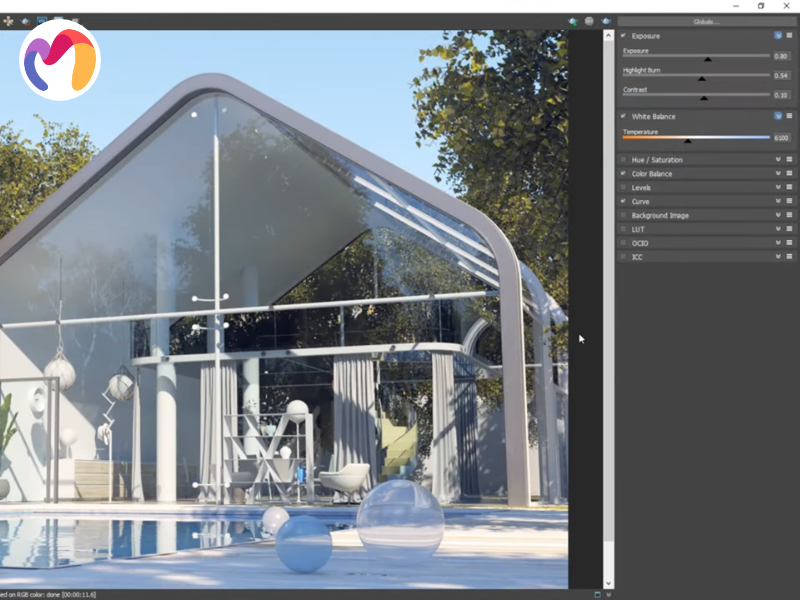
2. Corona Renderer
- Price: $59.90/month, $394.80/year
- Pricing Model: Subscription
- OS: Windows, Mac
- Key Features: Physically-based rendering, Interactive rendering, Easy integration
Corona Renderer is a 3D rendering software for architectural visualization, creating realistic imagery through unbiased, physically based rendering algorithms. Interactive rendering provides real-time feedback when adjusting materials or lighting, thereby accelerating design updates for both interiors and exteriors. Integration with platforms like 3ds Max and Cinema 4D streamlines workflows and connects design tools efficiently.
Material editors and light mixing controls in Corona Renderer offer creative flexibility while keeping technical accuracy, allowing complex architectural scenes to maintain true-to-life textures and lighting. Rendering engines manage large-scale residential and commercial projects without slowing down, keeping high visual quality and stable performance.
Architects, interior designers, visualization studios and freelance professionals rely on Corona Renderer for its intuitive interface and consistent output. The software suits users who need precise architectural presentations, detailed space planning and dependable results across diverse project types, from intricate interiors to expansive exteriors.
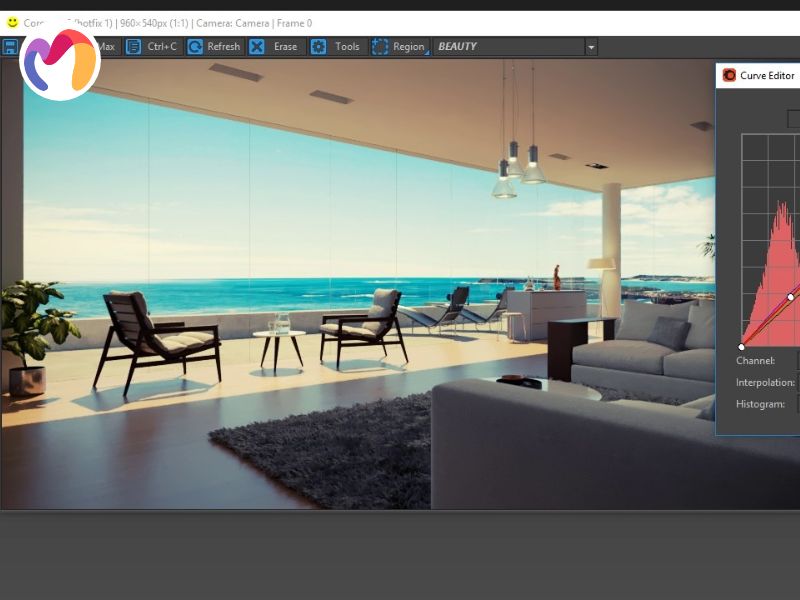

3. D5 Render
- Price: $38/month, $360/year
- Pricing Model: Subscription
- OS: Windows
- Key Features: Real-time GPU rendering, Global illumination, Extensive asset library
D5 Render is a 3D rendering software for real-time architectural visualization, producing instant photorealistic previews using GPU-based processing and ray tracing algorithms. Global illumination delivers accurate lighting while keeping interactive frame rates during design adjustments and client presentations. Integration with platforms like SketchUp, Revit and Rhino speeds workflow and connects modeling tools efficiently.
Material libraries and vegetation assets in D5 Render provide creative flexibility while maintaining technical precision, allowing rapid scene composition for residential, commercial and landscape projects. GPU processing handles complex architectural models smoothly, keeping high visual fidelity and responsive performance even for large-scale scenes.
Architects, interior designers, landscape specialists and visualization artists use D5 Render to produce interactive project walkthroughs and compelling design presentations. The software is designed for professionals who require fast visualization updates, accurate lighting and material representation and reliable performance across diverse architectural projects.
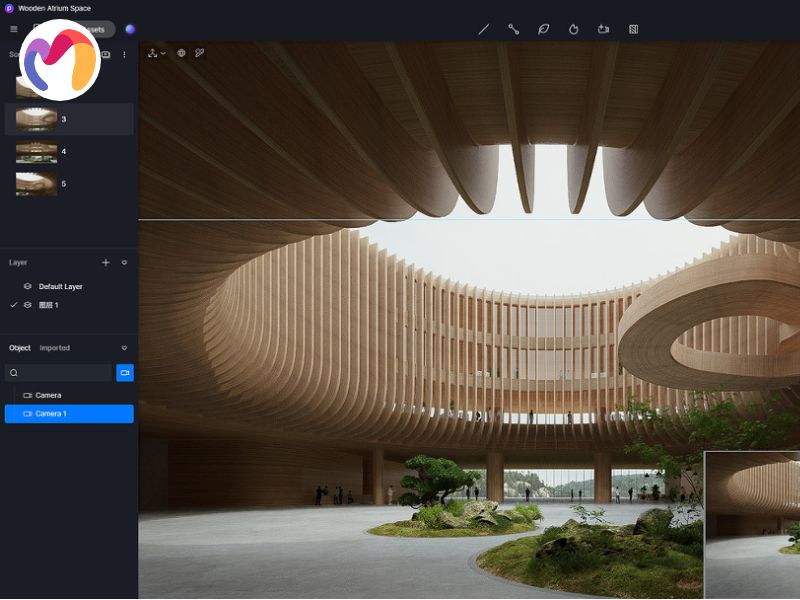

4. Enscape
- Price: $84.90/month, $562.80/year
- Pricing Model: Subscription
- OS: Windows
- Key Features: Real-time rendering, Live sync, VR support
Enscape is a 3D rendering software for real-time architectural visualization, producing photorealistic imagery within BIM and CAD platforms using integrated rendering algorithms. Live synchronization updates visuals instantly between modeling environments and rendered outputs, which streamlines design revisions for Revit, SketchUp, Rhino and ArchiCAD workflows. Virtual reality transforms models into immersive experiences, allowing clients to explore spatial designs and understand scale relationships.
Interface tools and workflow integration in Enscape provide creative control while maintaining technical accuracy, allowing professionals to adjust lighting and materials efficiently. Rendering engines handle large-scale building information models smoothly, maintaining consistent lighting simulation, material fidelity and stable performance for professional presentations.
Architects, interior designers, landscape architects and BIM professionals use Enscape to produce interactive walkthroughs and detailed design documentation. The software is designed for users who require real-time updates, accurate material representation and reliable performance across residential, commercial and landscape projects.
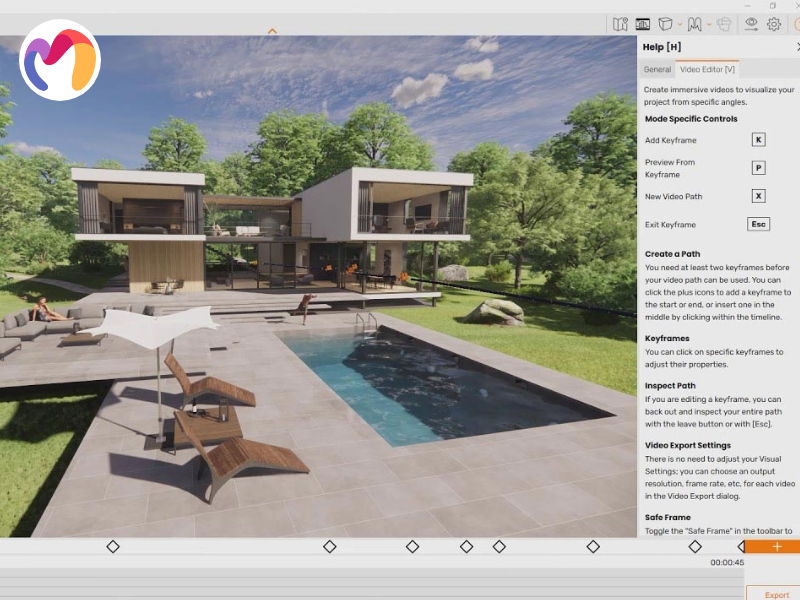

5. Arnold
- Price: $55/month, $430/year
- Pricing Model: Subscription
- OS: Windows, Mac, Linux
- Key Features: Physically-based ray tracing, Deep DCC integration, CPU/GPU support
Arnold is a powerful 3D rendering program used by professionals to create realistic visual effects for movies. It works by simulating how light behaves in the real world to make sure the final images are accurate and lifelike. Rendering engines handle complex volumetric simulations and subsurface scattering while maintaining precision across large-scale scene architectures. Integration with Maya, 3ds Max, Houdini and Cinema 4D streamlines production pipelines for feature films, animation and VFX workflows.
Shader tools and node-based material editors in Arnold provide fine-tuned creative control over surface properties and material behavior, enabling artists to achieve specialized visual effects. Dual CPU and GPU processing maintain stable performance during intensive VFX sequences, delivering consistent lighting and detailed output for demanding projects.
VFX artists, animation studios, film production facilities and specialized 3D professionals rely on Arnold to produce high-end cinematic renderings. The software is designed for users who require a reliable, precise and professional-grade rendering infrastructure for complex visual storytelling and Hollywood-standard output.
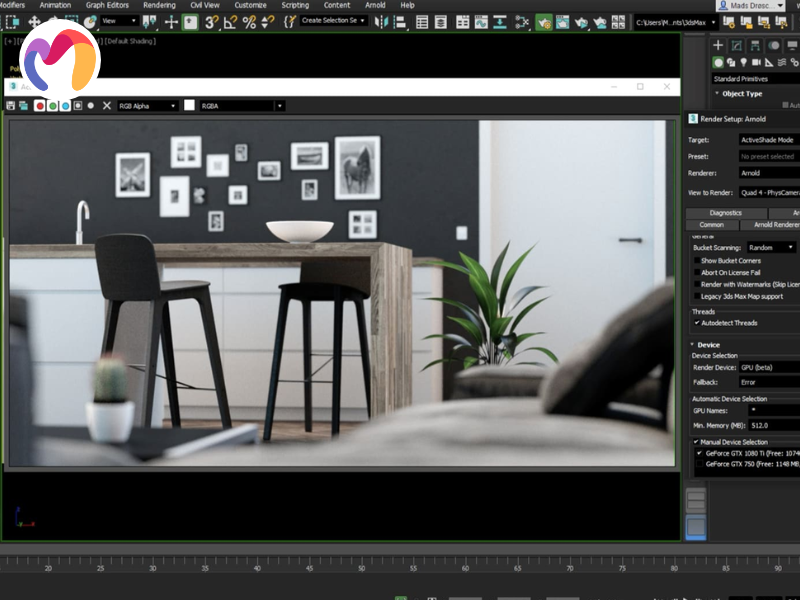

| Discover hundreds of free 3D models and elevate your next project — start exploring now! | |||
  |
  |
  |
  |
| Architecture 3d model | Building 3d model | Fence 3d model | 3D Scenes |
6. 3ds Max
- Price: $175/month, $1,370/year
- Pricing Model: Subscription
- OS: Windows
- Key Features: Built-in Arnold renderer, Advanced lighting tools, Extensive plugin support
3ds Max is a 3D rendering software that integrates modeling, animation and visualization with Arnold rendering and advanced material processing. Rendering engines deliver photorealistic architectural visualizations using ray tracing, global illumination and ambient occlusion, while the material editor supports detailed surface creation and third-party plugins to extend functionality for specialized projects.
Workflow tools and shader systems in 3ds Max provide precise control over materials and animation sequences, allowing rapid scene development for architectural, product design and entertainment projects. Software architecture maintains stable performance across large-scale models and complex animations without compromising visual quality or responsiveness.
Architects, visualization artists, game developers and VFX professionals utilize 3ds Max to create high-quality visualizations and facilitate collaborative project development. The software suits users who require reliable rendering, flexible material management and integration within Autodesk’s professional design ecosystem.
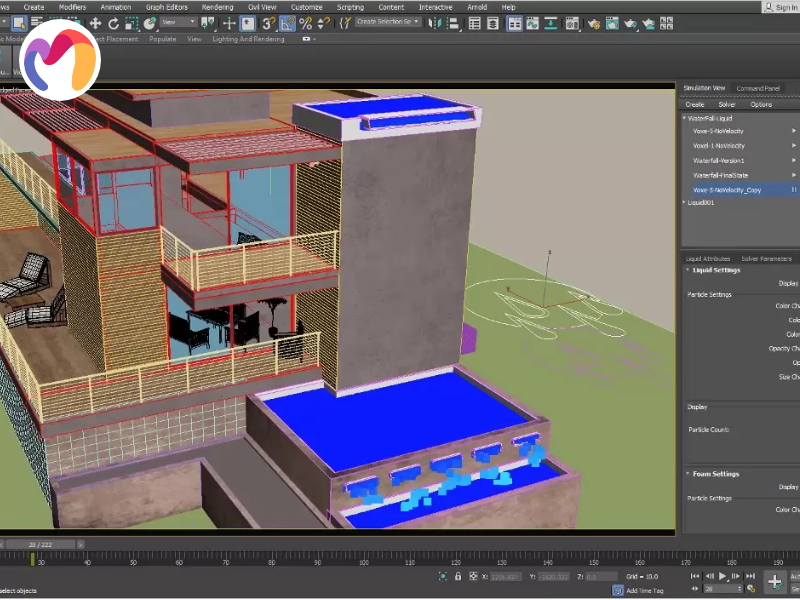

7. Autodesk Rendering
- Price: Included with Autodesk subscription or pay-per-render
- Pricing Model: Subscription/Pay-per-use
- OS: Web-based
- Key Features: Cloud rendering, Integration with Autodesk apps, Batch rendering
Autodesk Rendering is a cloud-based 3D rendering software that integrates seamlessly with Autodesk’s design ecosystem. Cloud infrastructure delivers photorealistic visualizations while removing hardware limitations and direct access from AutoCAD, Revit and Fusion 360 streamlines workflow for residential, commercial and product design projects.
Advanced lighting simulation and material rendering algorithms process scenes using scalable cloud resources, supporting batch rendering and panoramic formats without compromising quality. Platform reliability maintains consistent output through managed cloud infrastructure, while minimal setup allows designers to start rendering immediately within established Autodesk workflows.
Architects, engineers, product designers and other professionals use Autodesk Rendering to produce high-quality visualizations efficiently. The software suits users who need cloud-based processing, collaborative project support and seamless integration with Autodesk tools, eliminating dependency on local hardware.
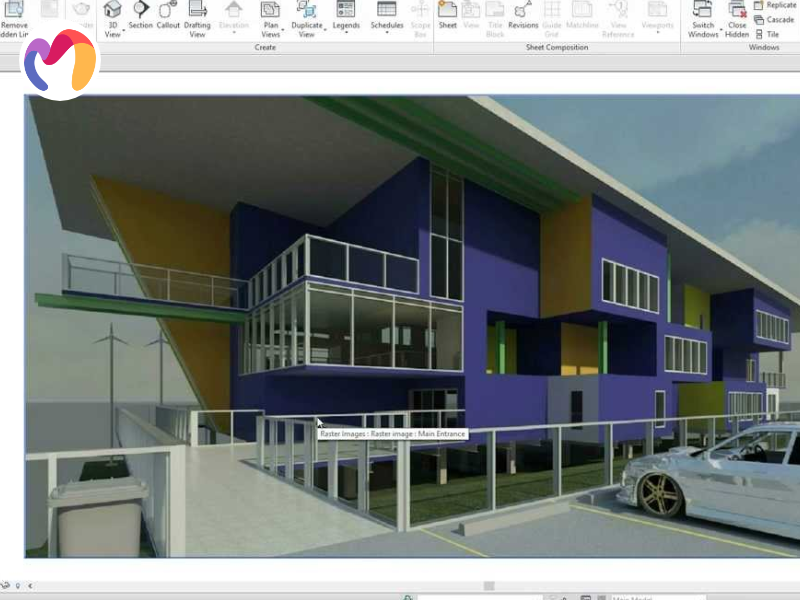

8. Lumion
- Price: Cloud rendering, Integration with Autodesk apps, Batch rendering
- Pricing Model: Subscription
- OS: Windows
- Key Features: Real-time rendering, Extensive material library, Advanced lighting and shadow simulation
Lumion is a 3D rendering software tailored for architectural visualization, delivering real-time photorealistic images and animations. Material libraries and environmental effects accelerate scene creation, while model imports from SketchUp, Revit and ArchiCAD integrate smoothly into design workflows.
Lighting algorithms and shadow simulation generate realistic atmospheres, enhancing spatial perception and material representation. Rendering stability remains high across complex architectural projects and the intuitive interface reduces learning time for visualization professionals. Dual CPU and GPU processing adapts to different hardware setups and project scales, supporting an efficient workflow for varied tasks.
Architects, designers, educators and visualization specialists use Lumion to create engaging presentations, educational demonstrations and client communications. The software suits users who require dynamic visual storytelling, real-time rendering and a user-friendly environment for showcasing architectural concepts.
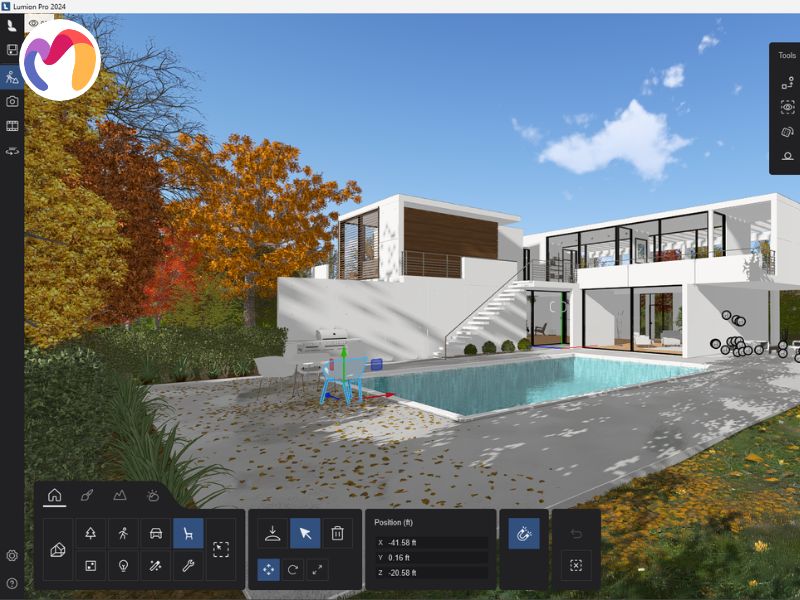

9. Twinmotion
- Price: $445/year
- Pricing Model: Subscription
- OS: Windows, Mac
- Key Features: Real-time rendering, Direct BIM sync, Asset library
Twinmotion is a real-time 3D rendering software built on Unreal Engine, producing photorealistic architectural visualizations through advanced lighting and material rendering. Synchronization with Revit, SketchUp, ArchiCAD and Rhino integrates models smoothly into design and construction workflows.
Asset libraries provide materials, vegetation, environmental elements and weather effects, which speed up scene development for urban planning and architectural projects. Real-time global illumination and dynamic lighting create realistic spatial representations, while the interface uses intuitive drag-and-drop tools to simplify visualization tasks. CPU and GPU processing maintain stability for large-scale architectural models.
Architects, landscape designers, urban planners and educators use Twinmotion to create engaging presentations and professional project visuals. The software suits users seeking fast, intuitive rendering for design communication and interactive client presentations.
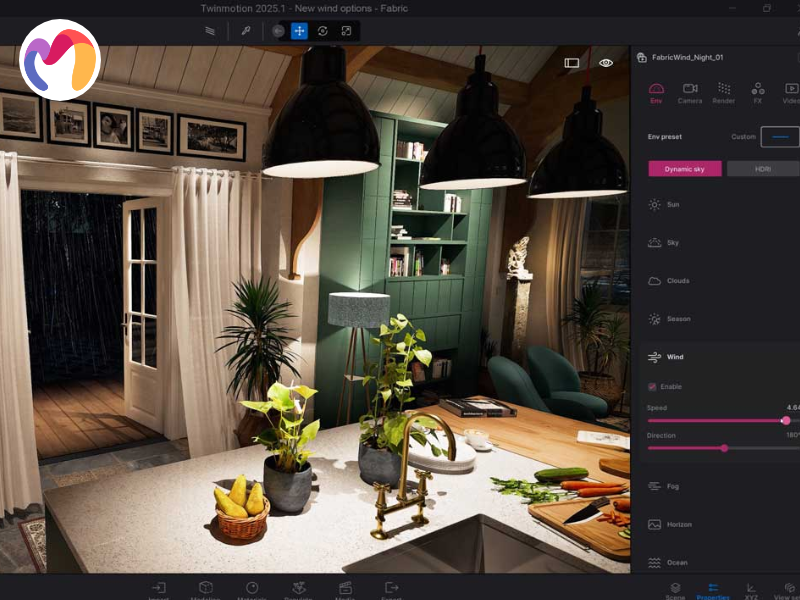

10. Octane Render
- Price: €19.99/month
- Pricing Model: Subscription
- OS: Windows, Mac, Linux
- Key Features: GPU-accelerated rendering, Physically-based engine, Deep DCC integration
Octane Render is a GPU-accelerated 3D rendering software that delivers photorealistic visuals through unbiased, physically based algorithms and advanced material simulations. Integration with Cinema 4D, Blender, Maya and 3ds Max allows seamless workflow incorporation for professional design and visualization projects.
The node-based material editor enables detailed shader creation, while real-time previews accelerate design iterations. GPU architecture supports volumetric lighting, subsurface scattering and spectral rendering, providing fast and reliable performance across complex scenes. Processing capabilities maintain consistent output for demanding visualization tasks that require rapid turnaround.
3D artists, VFX professionals, motion graphics designers and studios use Octane Render for high-speed, GPU-optimized rendering production. The software suits users seeking efficient, high-quality visualization workflows without compromising speed or visual accuracy.
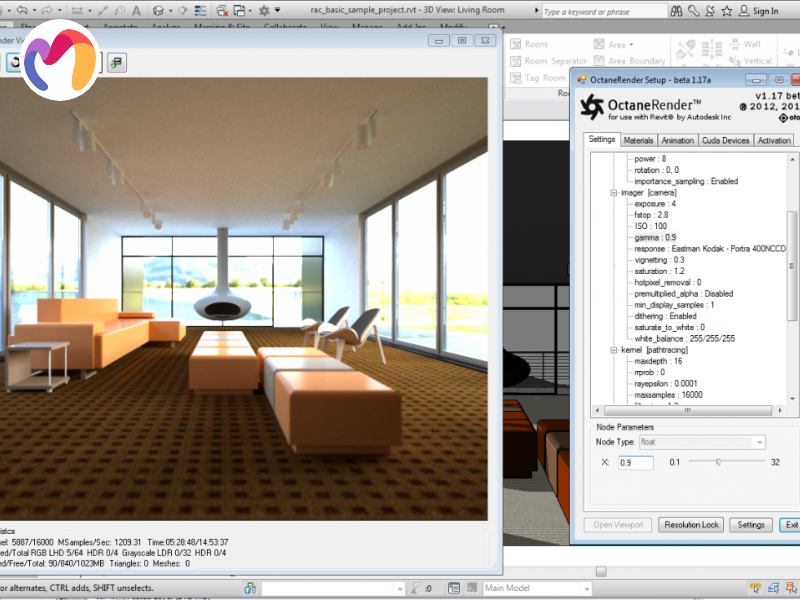

11. Unreal Engine
- Price: Free (royalty-based), $1,850/year/seat
- Pricing Model: Royalty on revenue/Subscription
- OS: Windows, Mac, Linux
- Key Features: Real-time ray tracing, Physically-based rendering, Blueprint scripting
Unreal Engine is a 3D rendering software engineered for real-time visualization, producing hyper-realistic imagery through physically based rendering and advanced ray tracing. Blueprint visual scripting enables interactive animation sequences, while real-time global illumination and advanced lighting tools support the dynamic development of architectural scenes. Integration with Maya, Blender and 3ds Max streamlines content creation and enhances workflow efficiency.
Asset marketplace integration provides materials, models and environmental elements that accelerate design production, while performance architecture handles large-scale scenes with high-speed processing. Stability across complex projects allows consistent output for demanding visualization workflows. The free licensing model supports most professional uses, with royalties applying only to high-earning commercial products.
Game developers, filmmakers, architects and visualization professionals use Unreal Engine to deliver immersive experiences and interactive presentations. The software suits users who need high-quality real-time rendering, flexible workflow integration and advanced interactive capabilities.
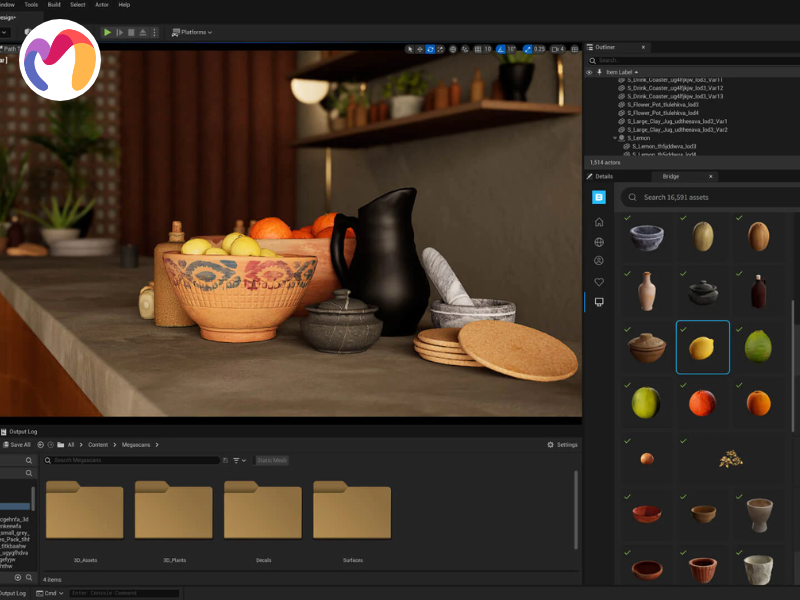

12. How to choose the right 3D rendering software for your project?
Professional selection requires evaluating five specific criteria that determine optimal 3D rendering software compatibility with your architectural visualization, interior design or product development requirements.
- Step 1 – Analyze the projects: Project specifications define visualization goals, complexity levels, photorealistic accuracy, stylistic preferences and real-time rendering needs, while architectural, interior and product design requirements guide software suitability.
- Step 2 – Verify software integration: Compatibility checks confirm smooth connections between rendering platforms and modeling applications such as Blender, 3ds Max, Maya and SketchUp, while native file support maintains workflow efficiency.
- Step 3 – Evaluate visual output: Visual output measures the quality of rendering capabilities, including global illumination, physically based materials, ray tracing and customizable lighting and ensures that the software can produce professional-level images and animations for presentations or client communication.
- Step 4 – Balance processing and interface: Performance assesses processing speed, real-time feedback and handling of large scenes, while interface review examines user accessibility, intuitive controls and available tutorials to ensure efficient adoption and smooth project workflow.
- Step 5 – Plan budget and infrastructure: Financial considerations align licensing models with feature requirements and hardware compatibility ensures sufficient CPU, GPU and memory performance, while community support and educational resources provide troubleshooting and skill development.
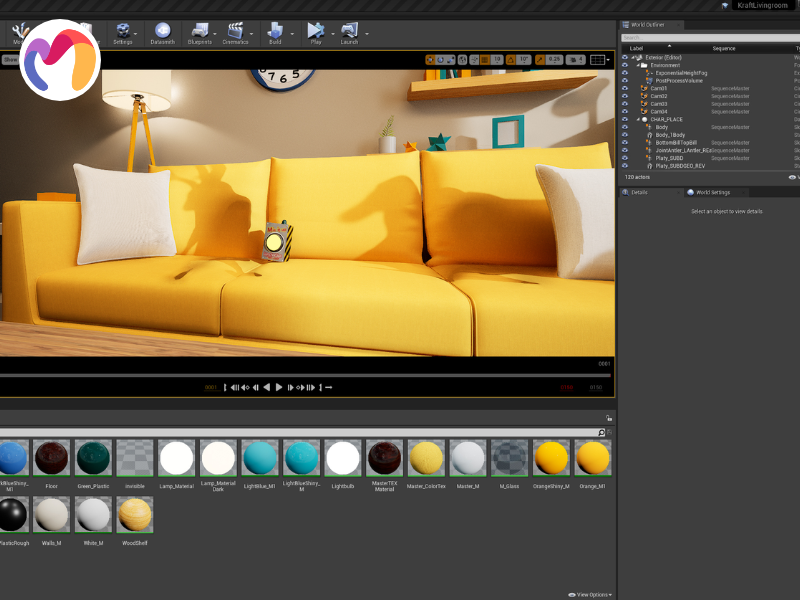

13. Conclusion
Choosing the best 3d rendering software shapes the success of architectural, interior and exterior visualization projects. This guide reviewed eleven top solutions, highlighting features, performance and applications for informed decisions. 3DMAXTER’s 3D model library accelerates workflows with architectural elements, interior furnishings and exterior components in 3ds Max (.max), .obj and .fbx formats compatible across rendering platforms. The library offers premium models, fair pricing and a 100% satisfaction guarantee for professional-quality results.
3DMAXTER LTD
- Email: [email protected]
- Phone: +1 (929) 450-2898
- Address: 95-38 Queens Blvd, Rego Park, NY 11374, USA
